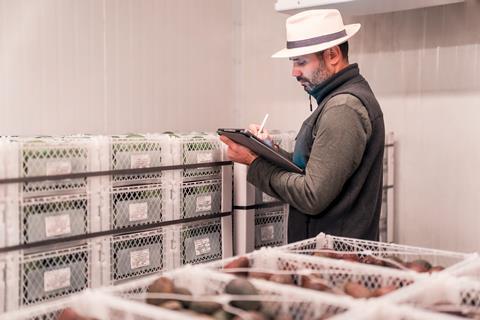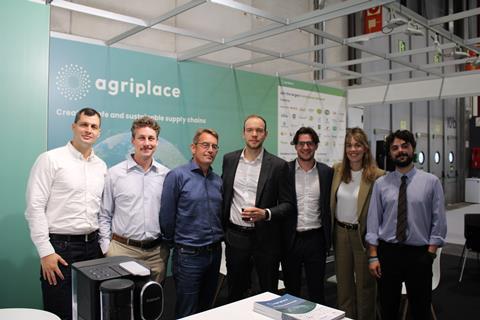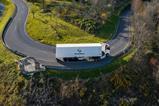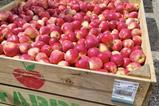As compliance systems become increasingly digital and cloud-based, AI solutions provider says latest milestone signals major shift

Stricter rules and a lack of workers continue to drive the fresh produce industry’s increasingly rapid shift from legacy IT to more interconnected, cloud-based systems, according to one of the fresh produce industry’s leading AI systems providers.
As a result, the business has reached a digital transformation milestone, with a new breed of compliance platforms managing vast tracts of supply chain data.
“We are witnessing the end of Excel compliance,” explains Nico Broersen, CEO of Dutch firm Agriplace, which has grown impressively since it began to serve a handful of wholesalers in 2019.
Today, its platform manages supply chain compliance for more than 700 supply and retail companies, who trade more than €50bn worth of supplied fruit and vegetables combined.
“Previously, a simple Excel sheet was enough – you either had a food safety certificate or you didn’t,” he continues. “With the significant growth in customer and regulatory requirements, the level of information for food safety, social and sustainability can no longer be contained and tracked on one Excel sheet.”
The figure signals a fundamental shift in how the sector approaches compliance, and reflects new buyer demand for systems that demonstrate those attributes clearly and conveniently.
Whereas emails and spreadsheets tend to require siloed, labour-intensive processes, cloud-based, data-driven apps have apparently enabled quality assurance, sustainability and procurement managers to focus more time on increasingly important tasks.
Broersen says Agriplace identifies three major trends that are reshaping Europe’s fresh produce supply chains. These are as follows…
From documents to actionable data
A paper certificate used to be enough to prove compliance; now, it’s standard practice to collect and update data to demonstrate sustainability, and to secure more detailed insight into things like carbon footprint, non-compliance, and corrective actions.
“We’re seeing a fundamental change in how buyers evaluate suppliers and products,” explains Broersen. “Demonstrating a responsible supply chain increasingly becomes a necessity to deliver – a checkmark on social audit having happened is not enough anymore, buyers require deeper compliance checks on a data level.’’
Supply chain visibility extends from farm to fork
Even less than a decade ago, most companies focused their compliance efforts solely on direct suppliers. Today’s reality, Broersen suggests, is vastly different.
New EU legislation, including EUDR and CS3D, compels companies to trace and verify compliance throughout their entire supply chains, down to farm and eventually plot level.
That expanded scope creates new challenges and opportunities, he notes, because companies that used to manage relationships with dozens of suppliers now need their traceability activities to monitor thousands of producers, packers, and product marketing organisations in multiple countries.
Mainstream market embraces digital solutions
For Agriplace, what began as a competitive advantage for industry frontrunners has become a necessity for the broader market.
As a result, mid-sized traders, importers, and even primary producers are said to have moved quickly in adopting digital compliance tools.
“The first wave was driven by large product marketing organisations and brands with high consumer visibility,” he explains. “Now we’re seeing rapid adoption across the entire supply chain as regulations tighten and customer demands increase.
Agriplace’s journey from startup to industry leader has impressed many in the business. In just six years, it has expanded from five to 65 employees, and now counts companies including BerryWorld, Cultivar, Greenyard, and Keelings among its clients.
The focus, Broersen adds, is on shifting toward platforms that enable seamless data sharing across supply chain networks, rather than isolated reporting tools.
“What’s unique about our approach is that we are trying to not add another system to the market, we are focused on simplifying compliance for suppliers thereby creating unprecedented visibility for buyers.”
In effect, for the produce trade at least, that means the spreadsheet’s days may well be numbered.









